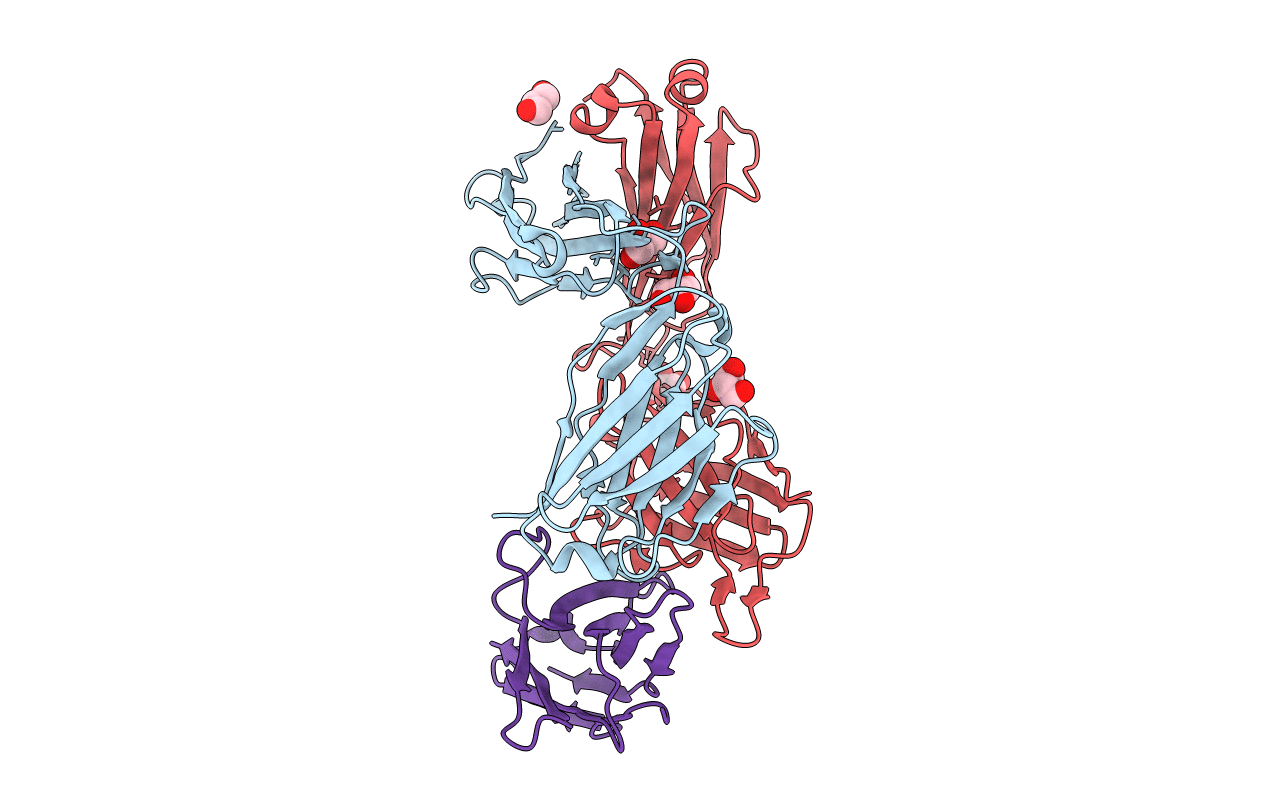
Deposition Date
2020-06-27
Release Date
2020-09-09
Last Version Date
2024-10-30
Entry Detail
PDB ID:
6XKR
Keywords:
Title:
Structure of Sasanlimab Fab in complex with PD-1
Biological Source:
Source Organism:
Homo sapiens (Taxon ID: 9606)
Host Organism:
Method Details:
Experimental Method:
Resolution:
2.59 Å
R-Value Free:
0.27
R-Value Work:
0.21
R-Value Observed:
0.22
Space Group:
P 2 21 21


